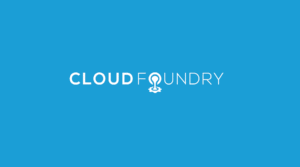2017 Highlights Series
What makes Cloud Foundry the best place to run Java microservices? Find out in this talk at Cloud Foundry Summit from Madhura Bhave and Pieter Humphrey of VMware.
Using “economy of scale” theory, (a lesser known cousin of “economy of scale”), Humphrey posited that sticking to one language — in this case Java — is more cost-effective and efficient for organizations than using multiple programming languages. And for those using Java, one of the most widely used languages, there are additional benefits with Cloud Foundry.
Spring Framework offers a comprehensive programming and configuration model for modern Java-based enterprise applications. Spring Cloud is the open source bits that developers can run on their desktop, whereas Spring Cloud Services is server bits that run in production on Cloud Foundry. Spring does a great job with application boilerplate and patterns. Spring Boot helps with configuration. Spring Cloud helps with distributed computing patterns. When Cloud Foundry is added to the mix, it helps with infrastructure automation, including microservices-specific infrastructure automation.
Bhave explained why Cloud Foundry is a great place to run Spring Boot applications and gave a comprehensive demo of these components. It makes 12 factor applications easier, thanks to property configuration, port binding, connecting to backend services and logging.
The duo talked about container to container networking and the work they have done to eliminate the need to go all the way back to the front gorouter. They also gave a demo of circuit breaker, which is based on Netflix’s open source hystrix library to automate recovery.
Learn more and watch the demos here:



